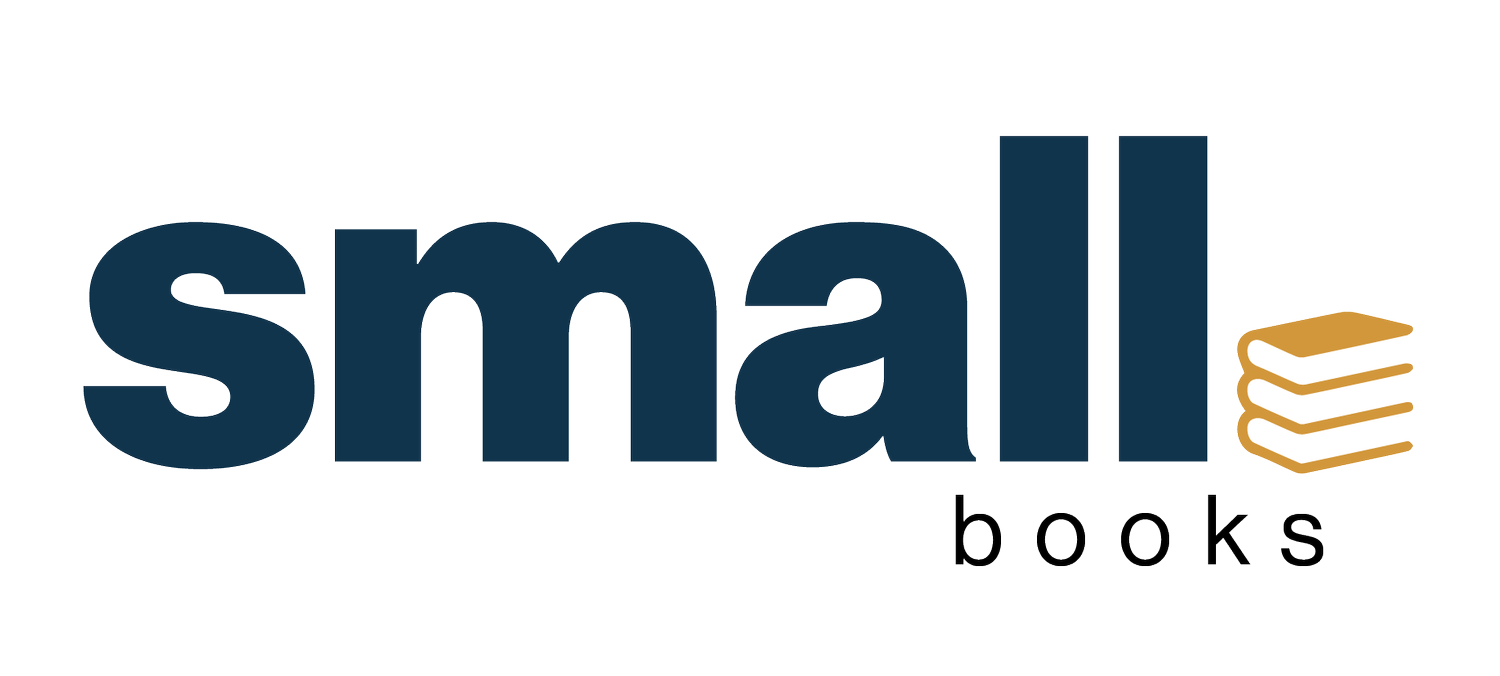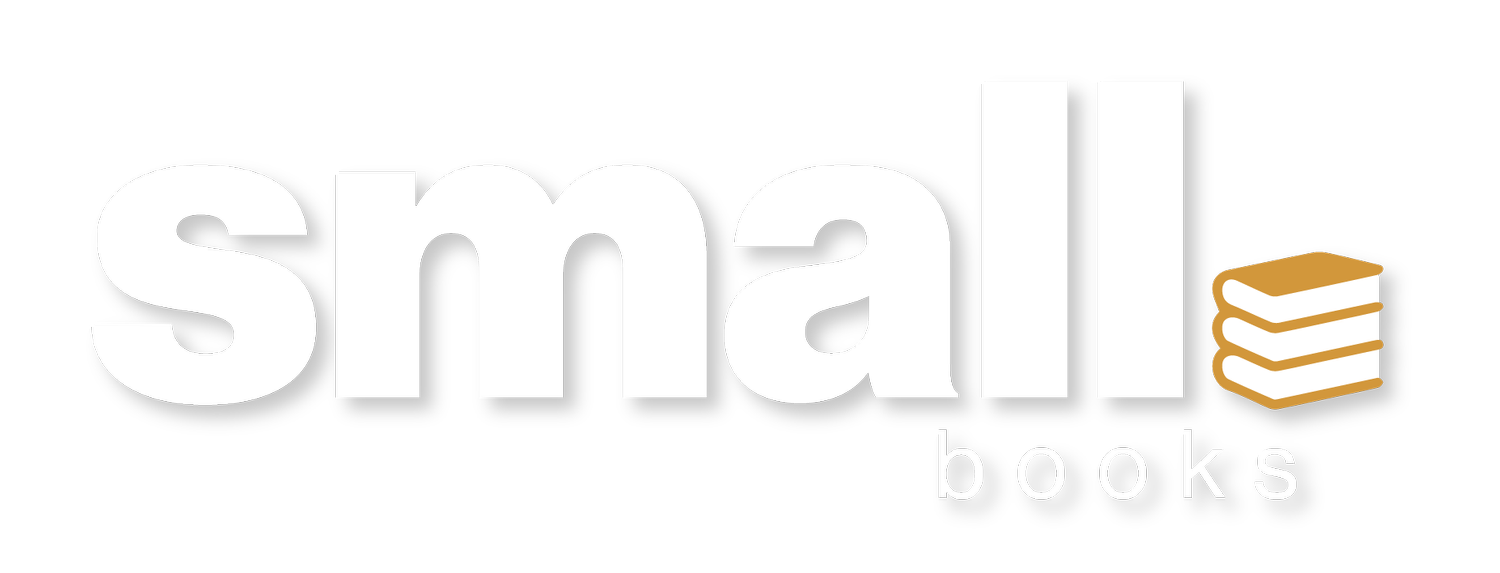CRA Receipts Requirements: What You Need to Know
As a business owner, you know that you need to keep a document trail for tax purposes. But what exactly do you need to keep - and for how long? If you’re doing your best to keep every single receipt, just in case, you can relax. You don’t need a giant file cabinet full of paper receipts to meet the expectations of the Canada Revenue Agency.
The CRA’s receipts requirements aren’t as stringent as you might imagine. While you do need to keep track of your expenses, you don’t need to store physical copies of every receipt as proof of your deductions.
Let’s go over what you do need to keep in terms of receipts, and some tips on how to make record keeping a breeze!
A quick guide to tax deductions
Let’s start with the basics. Every year, you must report your business income to the CRA using a tax return and pay any taxes that are owed. The amount of taxes you pay is directly correlated to how much money your business earns, less any tax deductions for business expenses.
You are allowed to reduce your tax burden by deducting qualified purchases and expenses from your earnings. For example, if you buy a new desk and computer for your business, you can subtract the amount you spent on that setup from your earnings as you file your taxes. Deductions reduce your income a bit and therefore reduce your tax obligation as well.
There are many areas of possible savings through tax deductions, provided you have all of the required documentation. Deductible expenses can include:
Transportation expenses for business travel
Meal expenses or lodging expenses from company trips
Office furniture
Technology
Marketing expenses
Contractor fees
Remember, a receipt alone is not enough to prove that an expense is deductible. Expenses must be for business purposes and must be what the CRA calls “ordinary, necessary, and reasonable”—that tropical vacation probably won’t qualify.
Further reading:
What is a business tax receipt?
If you plan to include business expenses as deductions on your tax return, the CRA requires you to keep supporting documentation that shows what you bought, how much you paid, and when you bought it. If they have any questions about your return or your tax return gets audited in the future, the records you’ll be required to show are called business tax receipts.
The receipts have to show the following:
the date of the purchase
the name and address of the seller or supplier
the name and address of the buyer
the full description of the goods or services
the vendor's business number if they are a GST/HST registrant
What receipts do I need to keep?
Think of supporting documents as a broad category—when it comes to expenses, you’re looking for an itemized proof of purchase. This might be a printed receipt, but it might also be:
Credit card statements
Bank statements
Canceled checks
Itemized invoices with digital payments
Real estate closing statements
Don’t get so hung up on providing proof of your expenses that you forget to document your income as well. You’ll also need to hang onto receipts of income. These might be:
Invoices with digital payments
Cash register tapes
Cleared or canceled checks
Bank statements
Does the requirement to keep supporting documents mean your small business must find a way to store every single paper receipt for the entire year? Not at all!
These receipts may be paper, of course, but they also might be digital files, which are much easier to store and organize. There are tons of options out there today to manage your receipts digitally - even some that are free! We will touch on those later.
How do I manage and organize my business tax receipts?
In the unlikely event of an audit, you’ll need to have your documentary evidence at hand and well-organized. So what’s the best way to store all of your documents and receipts to be prepared for any potential CRA audit?
Digitally, of course.
The information that the CRA is looking for is already automatically tracked through our digital bank statements, credit card statements, and online banking records; however, these records rarely show enough detail to satisfy the CRA. But, that doesn’t mean that the corresponding receipts have to be stored as physical documents. Many accounting apps will convert paper receipts to digital ones by simply scanning them with your phone, for easy electronic storage.
Digital copies of these records are sufficient to meet CRA receipts requirements, which means much of the job is already being done for you. That means it won’t take much effort to go paperless with your record-keeping.
There are two areas, however, that might need a bit more attention in terms of documentation: cash and reimbursements.
Cash documentation
Cash purchases, unlike credit/debit card transactions, are much harder to keep track of. There’s no automatically generated statement that tells you where and when you spent that money, so it’s up to you to make note of where your cash is going. That’s why it’s always best practice to track your use of cash very closely.
Large cash expenditures should always come with an itemized receipt for tax purposes. Smaller cash purchases are not required to have as much documentation as the larger expenses.
The CRA’s rules allow taxpayers to deduct certain business-related expenses even if the receipts have been lost or misplaced—so long as they are “reasonable and credible.”
This ruling means that the CRA must allow business owners to deduct some business expenses, even if they don’t have receipts for all of them. That means if you’ve lost the receipt for a smaller cash purchase, it’s usually not a big deal.
Reimbursements
It’s not uncommon for business owners to make purchases using a personal credit card or bank account on behalf of the business and then pay themselves back out of the business account. Reimbursements like these happen in large organizations as well, and they’re perfectly legal.
Just be sure you keep the documentation to show the reimbursement along with the relevant information about what was purchased, when, and for how much. You’ll also need to include clear details showing the original payment method and the reimbursement amount.
How long do I need to keep my receipts?
In general, you should keep business receipts for SIX years. I know it sounds crazy, but this is how far the CRA may choose to go back in an audit.
In some cases, you can mine for documentation from previous years through online bank records or merchant websites. But it’s not guaranteed that older documents will be stored on these sites, and you won’t have access to records on accounts you’ve closed or stores that have closed or changed their websites.
The best practice for storing receipts is to download digital PDFs (if available) and save them to a folder for each month and year. Paper receipts can be scanned using a digital receipt app. And if you are downloading them yourself, remember that the folder should be backed up or saved, preferably somewhere easily accessible, so it can be accessed for years to come.
Receipt-scanning app
Lots of accounting and expense tracking apps offer digital scanning capabilities, but here we’ll focus on the most popular solutions: QuickBooks, Expensify, and Dext.
QuickBooks: For the accounting-savvy business
QuickBooks offers a receipt-scanning function that plugs into the rest of the app’s powerful suite of accounting tools, allowing you to scan receipts, as well as upload them from your computer, or even forward/email them directly to your QuickBooks account.
QuickBooks has more features than any other expense trackers in this list, and also requires the most knowledge, time, and effort to operate. If you’re taking on your books solo, you might find QuickBooks frustrating. But - if you’re collaborating with your bookkeeper, it’s definitely a top option.
Platforms: Android, iOS, web browser
Price: Starts at $12/month
Wave: best free receipt scanning option
Wave is another cloud-based accounting software that offers accounting and invoicing features. The free version includes its receipt scanning feature, which allows you to snap pictures of your paper receipts with your mobile device, categorize and be done with them.
Being a free accounting software, Wave offers only basic accounting features for simple needs, but if you only are interested in the basics, this is a great option.
Platforms: Android, iOS (iPhone), web browser
Price: Starts at $0/month
Dext: if you’ve got lots of receipts
Dext (formerly Receipt Bank) lets you digitize and store your receipts in pretty much any way imaginable. You can do it using a mobile app, via web browser, via email, or automatically by hooking your credit card up to the app. It also automatically imports receipts from PayPal and Dropbox, and lets you take photos of multiple receipts at a time.
Receipt Bank also integrates with most popular accounting software, including Xero, QuickBooks, FreshBooks and Sage One.
The only downside to Receipt Bank is that it won’t let you manually input receipt information, which can be a hassle if you don’t have the receipt in front of you.
But if you’re looking for an app that can ingest a lot of receipts quickly, in every way imaginable, Receipt Bank is the app for you.
Platforms: Android, iOS (iPhone)
Price: $14.99/month
How Small-Books can help
Money management and accounting for your small business not really your thing? Small-Books can take it off your hands entirely.
Categorizing your receipts can be a pain, but when you work with Small-Books, we manage that for you. With the help of your receipt storage app, we take care of your business bookkeeping by importing, reviewing, and categorizing all of your expenses every month.
We’ll help you track your expenses and send you financial reports monthly so you can understand your finances better than ever. Then at tax time, we take care of filing your taxes.
If you’re looking for a hands-off expense tracking solution, it’s hard to beat Small-Books.
This post is to be used for informational purposes only and does not constitute legal, business, or tax advice. Each person should consult his or her own attorney, business advisor, or tax advisor with respect to matters referenced in this post. Small-Books assumes no liability for actions taken in reliance upon the information contained herein.



